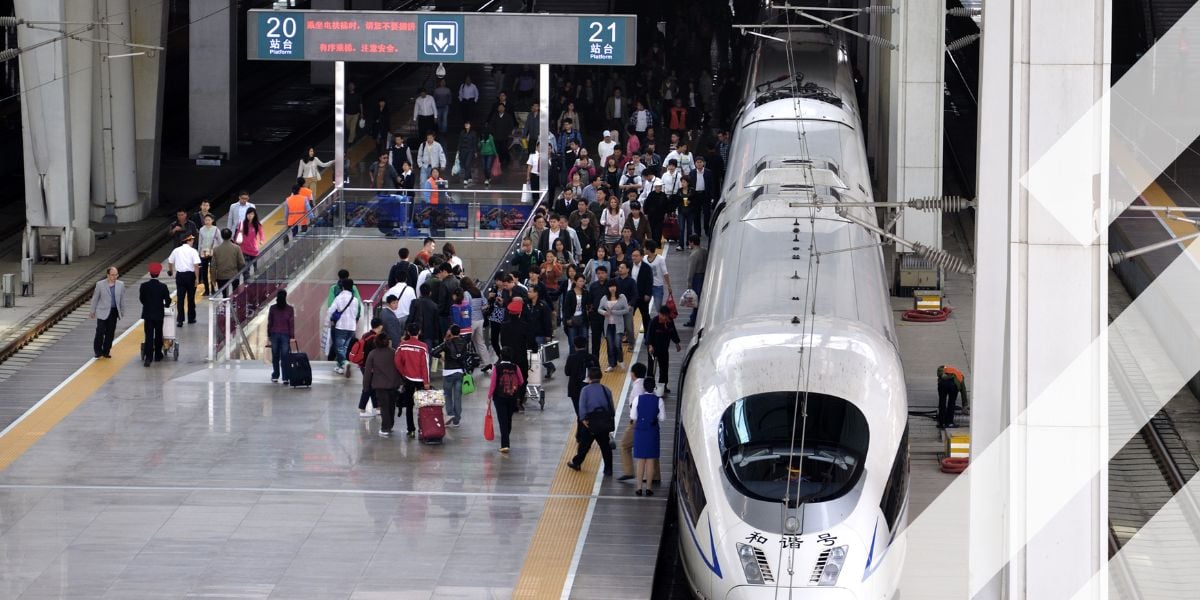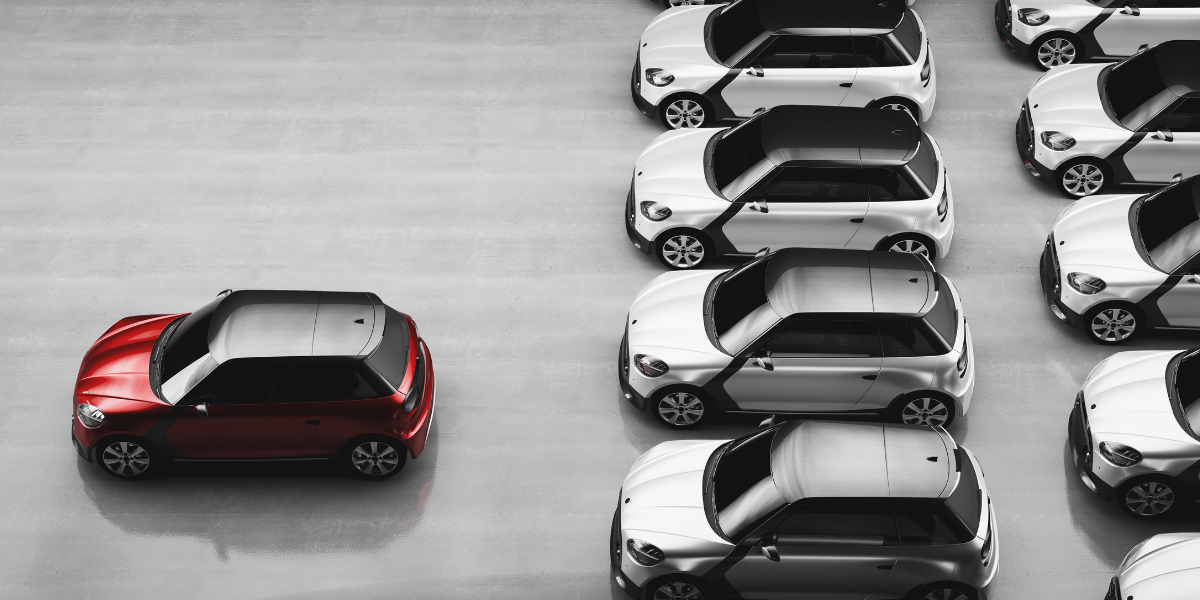Expert Insights: The European Parking Association’s Tom Antonissen on key trends in smart parking and smart mobility
In the second of our series of articles in which we talk to Intertraffic Amsterdam 2024 Summit Speakers, we meet with EPA’s new Executive Director and discuss how and why the mobility, energy and urban space sectors are coming together to create a new generation of smart parking management services.
The parking sector has always had a major presence at Intertraffic shows over the years. 2024 is no exception, but this year has heralded a whole host of innovative new solutions in what can often be mistakenly seen as a “static” element of the traffic technology industry. The European Parking Association (EPA) is in the throes of completing its move to Brussels but Executive Director Tom Antonissen, a Brusselian himself (and a longstanding Intertraffic participant), found the time in his busy schedule to answer some questions about the inspiration for the EPA President’s Session on Wednesday 17 April, followed by its Panel Discussion with parking industry CEOs and city representatives.
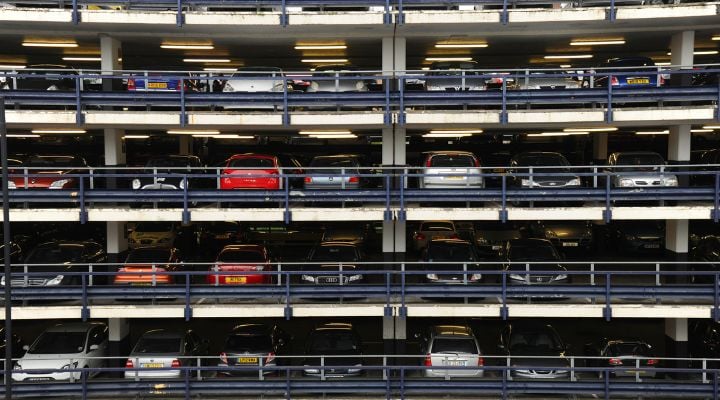
Intertraffic: Across the traffic technology sector it seems that previously disparate sections of the industry are starting to work together. Mapping is one such area; automotive research is another. Is this the same scenario within the parking industry and what has been the catalyst, if so?
Tom Antonissen (TA): The parking industry definitely has to work across borders with other key stakeholders. In the case of the private sector, the key stakeholder they need to work with is the public sector. This means the cities and municipalities, particularly in light of all the current discussions about getting cars out of cities, with low emission zones (LEZs), or other types of urban vehicle access regulations (UVARs), which of course include parking regulations. EPA, thanks to its membership of national parking associations, can combine both the public and the private sector as they have cities and municipalities among its members, so we can provide this framework for players from both sectors to discuss.
We need to make sure that parking is part of all the discussions on sustainable urban mobility. Even if that discussion is ‘let's get vehicles out of our city centres’, we would like to qualify this a bit more where we say to local politicians, okay, you don't want to have vehicles parked on the street in city centres so let's help drivers find off-street parking, so that at least vehicles and the people they contain can have access to the city. So don't close the city off, but help drivers find the appropriate parking space and get those cars off the city streets as a consequence of that action.
We need to make sure that parking is part of all the discussions on sustainable urban mobility. Even if that discussion is ‘let's get vehicles out of our city centres’, we would like to qualify this a bit more
Intertraffic: Can the parking sector achieve all this on its own?
TA: No, we have to use intelligent transport systems (ITS) in order to accommodate this cooperation between the public and the private sector and for this, you need data. Technology wise, there is also a big need to cooperate between the on-street and off-street parking sector. In mapping, as you mentioned, we need our members to cooperate with the mapmakers to make sure that parking data is included on those maps to help guide the vehicles to where they should be. The automotive sector is another key stakeholder I am tasked to ensure EPA has good relations with - the OEMs, the car manufacturers, and the automotive associations here in Brussels, such as ACEA and CLEPA. We already talk about electric vehicles and about optimising space. And now we are also looking at Software Defined Vehicles - connected and autonomous vehicles. We need to plug into these developments as well, we need to make sure that, again, as a parking sector, we are willing to share the data that we generate. A good example here might be automated valet parking, because then we can look more into a use case for autonomous driving, a valet parking service, where a vehicle can park itself autonomously… you need the cooperation between the car manufacturers and the parking sector to make it work. Consequently, we are currently chairing the European Automated Valet Parking platform (EAVP).
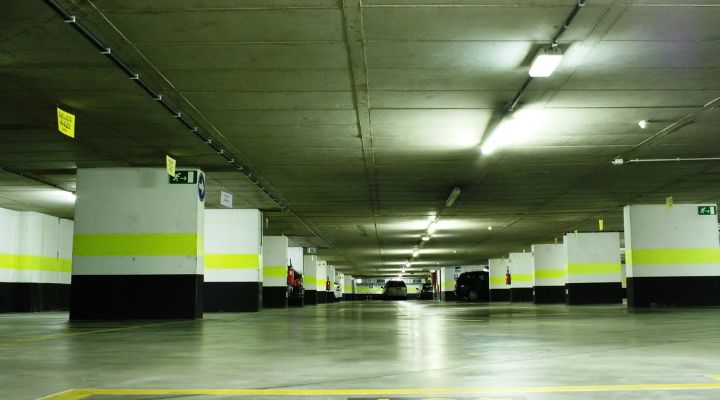
Intertraffic: Your sessions are covering how mobility, energy and urban space are part of the new approach to parking management services. Can you explain how this is manifesting itself and how it might change the landscape for the parking industry?
TA: Parking is not just having some spaces for cars marked out and then trying to get people to park there and pay you. When we look at this changing environment, it's not about vehicles anymore, it's about (scarce) space and it's about managing that space. Now of course this is more pertaining to on-street parking, where you're looking at the limited space you have on city streets. We believe in interplay between the on-street and off-street parking service providers where both should work together and get as many vehicles as possible to go off-street. One solution is the concept of mobility hubs. The parking sector is working together with the public transport sector, because they also love the idea of mobility hubs. But of course, we see it a bit differently from them in the sense that, for us, a mobility hub isn't always about getting people onto public transport. Of course, you can have mobility hubs near or at rail stations and that is perfect for multimodal mobility.
But you can also look at mobility hubs’ link to individual off-street parking areas in or near city centres, where they involve more than one mode of transport. Again, it can be public transport, if the mobility hub is linked to a bus station, for example, but it can also be linked to bike and car sharing and even last-mile logistics where they combine within the parking area. So there again, you talk about parking management services, because you also need to service and manage the fleets of those vehicles.
Looking at a use case for autonomous driving you have valet parking, where a vehicle can park itself autonomously. You need cooperation between the car manufacturers and the parking sector to make it work
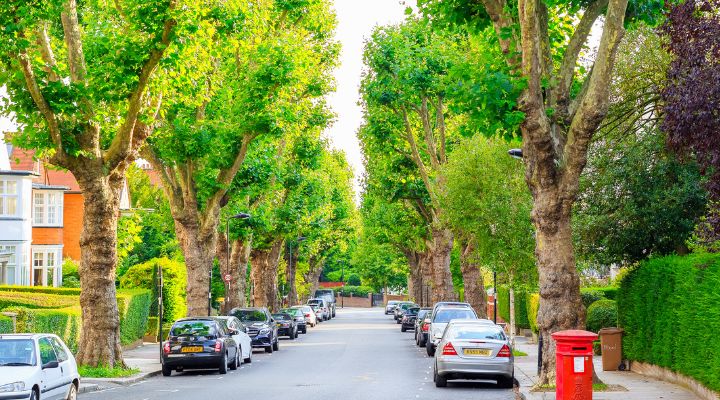
Intertraffic: There is currently a lot of interest in and discussion about open source data: how can the parking sector benefit from advances in that area?
TA: In the parking sector, we're beholden to the twin challenges, as they are called here in Brussels. of decarbonisation and digitalization. Within decarbonisation there's the whole electromobility aspect, as well as EV charging and how we relate to that. When it comes to digitalization, you have to start with data because without data, you won't get very far. So the thing with parking is that there are already what is called EU delegated regulations that mandate the sharing of parking data. Take the concept of National Access Points (NAPs): every EU member state has to have one NAP where those legally mandated data points should feature.. So as an association we feel it's our duty to inform our members about this and to help them comply with this legislation, which is easier said than done. Because in general, at the EU level, they want to make as much public sector data available as possible as they feel it's easier to work with the public sector before you start obliging the private sector.
The thing with parking is that there are already what is called EU delegated regulations that mandate the sharing of parking data
In this EU legislation, parking data is parking data, so it doesn't distinguish between publicly or privately held data and it means we need to explain to both sides of our membership that they need to make this data available. Here we have the Alliance for Parking Data Standards (APDS), an organisation founded by EPA, the British Parking Association, and IPMI, our American counterpart, which developed a standard for sharing parking data. So part of our work in Brussels is to make sure that this ISO- and CEN-approved standard can be used by our members in order to comply with EU legislation.
The EPA President’s Session features contributions from EPA’s Tom Antonissen and EPA President Nigel Williams as well as its Dutch member association VEXPAN’s President Eric Bavelaar on Wednesday 17 April at 11:00 in Intertraffic Summit Theatre 1 . It is followed by a Panel Discussion with CEOs of the European Parking Industry and city representatives at 12:00.




